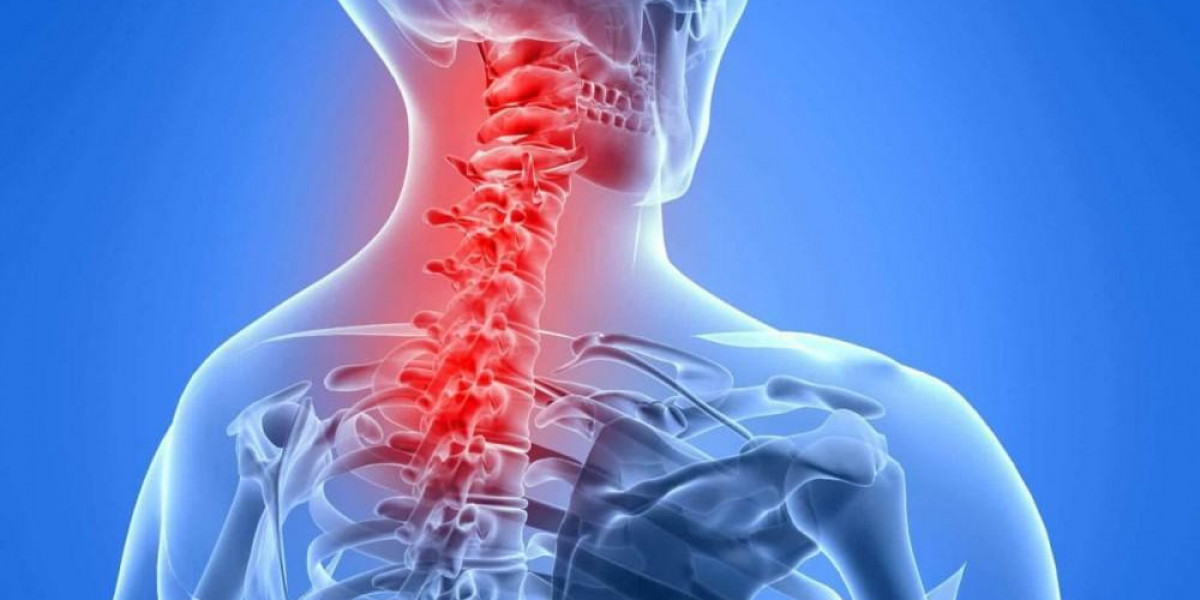Attention Deficit Hyperactivity Disorder ADHD and Autism disorder (ASD) are two distinct neurodevelopmental conditions that often present with overlapping symptoms, which can make differentiation challenging. Understanding the key differences in diagnosis and effective treatment strategies is crucial for providing appropriate support and improving the quality of life for individuals affected by these disorders.
Understanding ADHD and Autism
ADHD is characterized by persistent patterns of inattention, hyperactivity, and impulsivity that interfere with functioning or development. The symptoms typically appear before the age of 12 and can affect various areas of life, including academic performance, social interactions, and daily functioning. Individuals with ADHD may struggle with staying focused, organizing tasks, following through on instructions, and managing time effectively.
Autism Spectrum Disorder (ASD) is a complex neurodevelopmental condition that affects social communication and behavior. ASD is characterized by difficulties in social interactions, repetitive behaviors, and restricted interests. The symptoms vary widely in severity and can impact communication, social skills, and adaptive functioning. ASD is usually diagnosed in early childhood, although some individuals may not receive a diagnosis until later in life.
Key Differences in Diagnosis
1. Diagnostic Criteria:
According to the Diagnostic and Statistical Manual of Mental Disorders (DSM-5),diagnosis of ADHD and autism is based on the presence of specific symptoms in two domains: inattention and hyperactivity/impulsivity. To receive a diagnosis, these symptoms must be present for at least six months and be inconsistent with developmental level.
ASD diagnosis is based on deficits in social communication and the presence of restricted, repetitive patterns of behavior. The DSM-5 outlines criteria that include challenges in social-emotional reciprocity, nonverbal communication, and developing, maintaining, or understanding relationships. Additionally, individuals must exhibit repetitive behaviors and restricted interests.
2. Age of Onset:
Symptoms of ADHD often become noticeable when a child starts school, typically around ages 6-12. Symptoms must be evident before age 12 for a formal diagnosis.
Symptoms of ASD are usually observed earlier, often before the age of 3. Early signs may include difficulties in engaging with others, delayed language development, and repetitive behaviors.
3. Symptom Presentation:
Symptoms include inattention (e.g., difficulty sustaining attention, forgetfulness), hyperactivity (e.g., excessive fidgeting, inability to stay seated), and impulsivity (e.g., interrupting others, difficulty waiting for one’s turn).
Symptoms include challenges with social interaction (e.g., difficulty understanding social cues, lack of interest in peer interactions), communication difficulties (e.g., delayed language development, atypical speech patterns), and repetitive behaviors (e.g., hand-flapping, insistence on routines).
Effective Treatment Strategies
1. ADHD Treatment:
Behavioral interventions focus on modifying specific behaviors and reinforcing desirable ones. Techniques such as token systems, contingency management, and parent training are commonly used.
Stimulant medications (e.g., methylphenidate, amphetamines) are often prescribed to manage symptoms of inattention and hyperactivity. Non-stimulant medications (e.g., atomoxetine) may be considered for those who do not respond to stimulants.
Tailored educational interventions, such as classroom accommodations and individualized education plans (IEPs), can help address academic challenges.
Educating parents about ADHD and effective management strategies can improve family dynamics and support the child’s development.
2. Autism Treatment:
ABA is a widely used approach that focuses on teaching new skills and reducing problematic behaviors through reinforcement and structured teaching.
This therapy addresses communication difficulties by improving language skills, social communication, and pragmatic language use.
Occupational therapy helps individuals develop daily living skills, improve sensory processing, and enhance fine motor skills.
Programs designed to improve social interactions and understanding of social cues can benefit individuals with ASD.
While no medication specifically treats ASD, medications may be prescribed to manage associated symptoms such as anxiety, depression, or hyperactivity.
Co-occurrence and Differential Diagnosis
It is not uncommon for individuals to have both ADHD and ASD. In such cases, a comprehensive assessment is essential to address the full range of symptoms and tailor treatment strategies accordingly. A thorough evaluation by a multidisciplinary team, including psychologists, psychiatrists, and educational specialists, can help differentiate between ADHD and ASD and ensure an accurate diagnosis.
Conclusion
Understanding the distinctions between ADHD and ASD is crucial for effective diagnosis and treatment. While both conditions may present with overlapping symptoms, such as difficulties with attention and social interactions, they have unique characteristics that require different approaches to management. By recognizing these differences and implementing targeted treatment strategies, individuals with ADHD or ASD can receive the support they need to thrive in their personal and academic lives. Collaboration between healthcare professionals, educators, and families plays a vital role in creating a supportive environment that fosters growth and development for individuals with these neurodevelopmental disorders.







